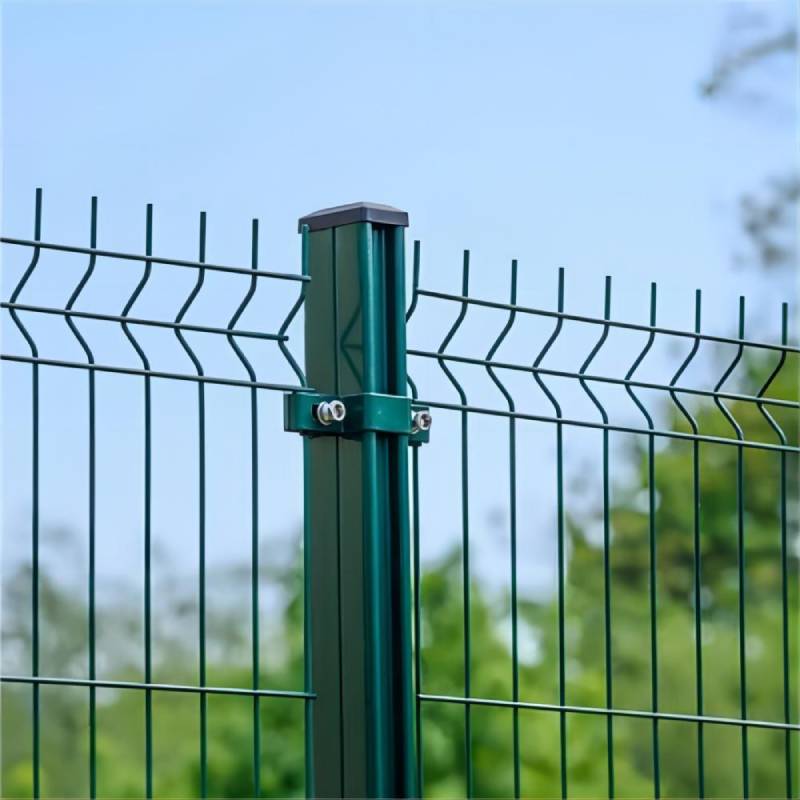Choosing the Right Nails for Hardwood Flooring Installation and Maintenance
Flooring Nails for Hardwood A Comprehensive Guide
When it comes to installing hardwood flooring, choosing the right nails is crucial for achieving a durable and aesthetically pleasing result. Flooring nails specifically designed for hardwood applications are essential in ensuring that the planks are securely fastened while minimizing damage to the wood. This article will explore the various types of flooring nails available, their application methods, and tips for selecting the best nails for your hardwood project.
Types of Flooring Nails
There are several types of nails used in hardwood flooring installations, each with its unique characteristics and benefits. The most common types include
1. Cleat Nails These nails have a small head and a tapered body, making them easy to drive into hardwood without splitting the wood. Cleat nails are ideal for tongue-and-groove planks and provide excellent holding strength, which is essential for preventing the floor from shifting or warping over time.
2. Finish Nails These nails are typically thinner and have smaller heads than cleat nails. They are suitable for finishing work or securing the edges of hardwood flooring, providing a clean appearance. However, they may not provide the same holding power as cleat nails and are better suited for lighter applications.
3. Staples Flooring staples are another option for securing hardwood flooring. They are U-shaped and provide a strong grip. Staples can be advantageous because they can be driven in quickly and are generally more cost-effective. However, like finish nails, they may not hold as securely as cleat nails in some situations.
4. Framing Nails Although not common for standard hardwood installations, framing nails may be used in particular types of subfloor applications or when added strength is necessary. They are thicker and can provide excellent support, but their use should be limited to specific scenarios, as they can cause damage to the hardwood.
Application Methods
flooring nails for hardwood

Nailing down hardwood flooring can be done using various methods, the most popular being the manual nail gun or power nailer. A power nailer allows for quicker installation and reduces the physical strain of hammering nails by hand. It’s important to choose a nailer compatible with the type of nails you’ve opted for, as not all nailers are designed to work with every nail type.
When nailing hardwood planks, it’s recommended to start at one end of the room and work your way across, ensuring that each plank is securely fastened. Proper spacing is vital; typically, nails should be placed every 6 to 8 inches along the tongue or side of the planks. Additionally, avoid driving nails too close to the edges, as this could lead to splitting.
Selecting the Right Nails
When selecting nails for your hardwood installation project, consider the following factors
1. Wood Species Different hardwood species have varying densities, and it’s important to choose nails designed to penetrate the specific type you’re working with. For instance, oak and maple require stronger nails than softer wood species.
2. Nail Length The length of the nails is critical for ensuring they hold securely without extending too far into the subfloor. Generally, nails should penetrate at least 1.5 times the thickness of the hardwood plank.
3. Finish Opt for nails with a coating that minimizes rust and corrosion, especially in areas with high humidity. Stainless steel or galvanized nails are highly recommended for their longevity.
4. Nailing Pattern Determine whether you want to use a traditional blind nailing method, which hides the nails from view, or if you are okay with visible fasteners for a rustic look.
In summary, selecting the right flooring nails for hardwood installations involves understanding the different types available, their respective applications, and what factors to consider based on your project. Taking the time to choose the appropriate nails not only ensures a secure installation but also contributes to the longevity and appearance of your beautiful hardwood floors.
-
Weather Resistance of Woven Wire and Chicken Wire Fencing MaterialsNewsJun.05,2025
-
Umbrella Nails Innovations in Roofing Fasteners for Wind ResistanceNewsJun.05,2025
-
Modern Barbed Wire Fence Designs for Perimeter ProtectionNewsJun.05,2025
-
How Iron Nail Wire Enhances Nail Strength and Installation EfficiencyNewsJun.05,2025
-
High-Security Razor Fence Solutions for Perimeter ProtectionNewsJun.05,2025
-
Durable Wire Netting Fence Solutions for Animal EnclosuresNewsJun.05,2025




